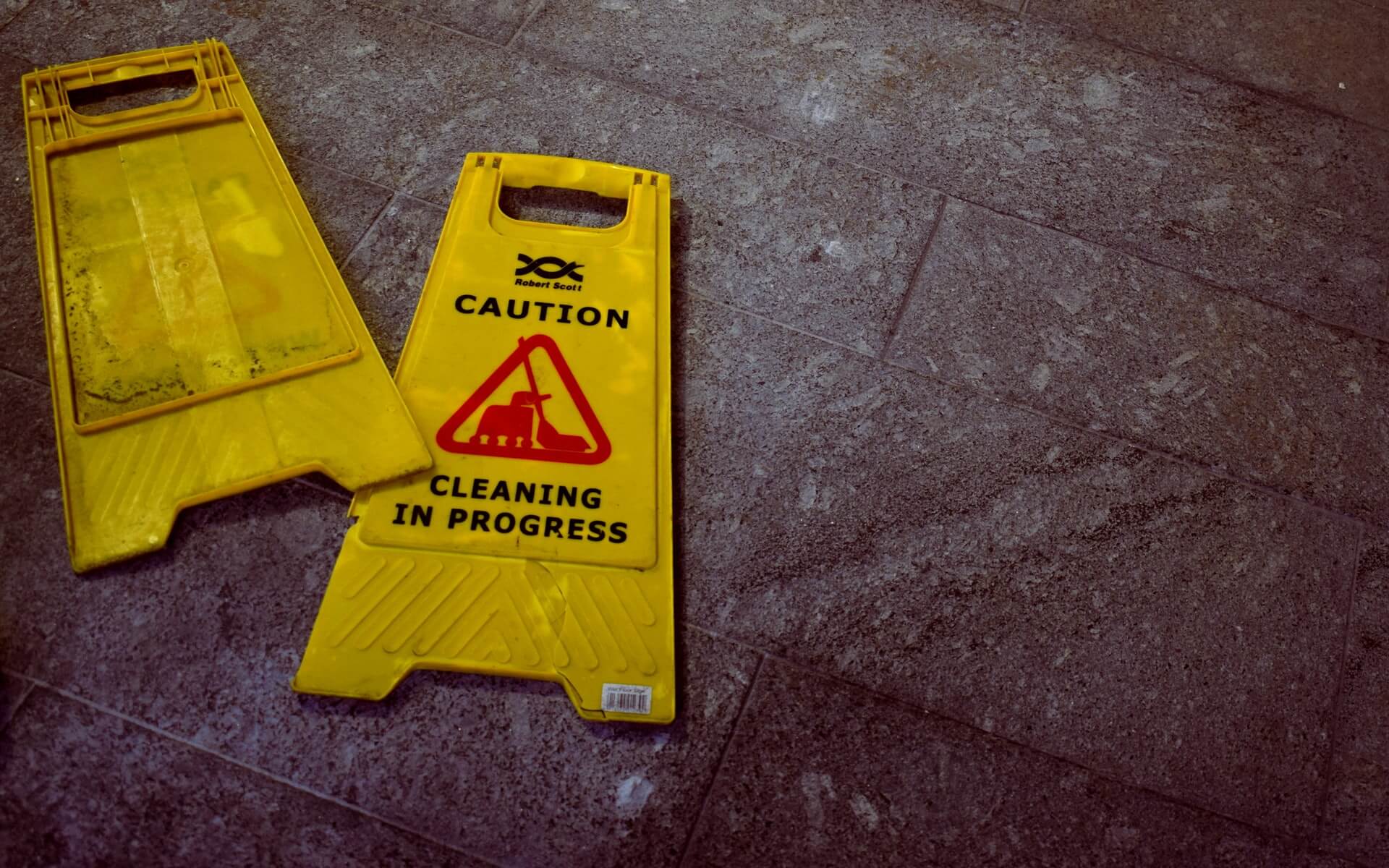
Whether cleaning up blood and bodily fluids is the result of a crime having been committed or not it is still a hazardous business. Whenever blood, vomit, urine and other bodily fluids are present, cleaning has to be done with extra care and attention. The reason for this is that blood and bodily fluids are a source of infectious microorganisms, including bacteria, fungi and viruses, some of which, such as Hepatitis B & C and HIV are extremely dangerous.
The Health and Safety Executive (HSE) signposts the main risks from bodily fluids as;
● Infection following hand to mouth/nose/eye contact.
● Infection via broken skin (cuts or scratches).
● Cleaning products may contain hazardous substances such as biocides and surfactants. Health effects from cleaning products include irritation, dermatitis and breathing problems
When cleaning up blood and bodily fluids a professional will know what equipment to use. For example, before entering a crime scene a professional will wear the correct personal protective equipment (PPE) consisting of
● Goggles or some kind of eye protection
● Disposable coveralls with a hood
● A disposable plastic apron
● Wellingtons or disposable overshoes
● Gloves that are water resistant. Or for scenes where there are needles present special needle-resistant gloves)
They will also be aware of the hazards outlined above and be used to dealing with them. For example, they will not, when cleaning up the scene, touch their face, or indeed touch anyone else whilst performing the clean up. They will also be aware of cross contamination, so they won’t trail the blood and bodily fluids into another area of the property. They will also treat everything they come across in this situation as potentially harmful and be extra vigilant when dealing with its disposal.
Even if you think you are up to the task of cleaning up blood and bodily fluids this is one area where you might have to step away from the mop and bucket.
The mental stress and trauma of cleaning up a crime scene isn’t to be underestimated, especially if this has occurred in your own home. Even if there has been no crime, for example maybe someone has committed suicide, or suffered a terrible accident, cleaning after the fact, is really something you might not wish to put yourself through. By hiring a professional company, you’ll be able to offload what would be a considerable burden. It might not make things easier but it will be one less thing to think about.
Cleaning up blood and bodily fluids is dangerous. Bio hazardous substances can cause infections, extreme irritation even damage your body tissue and blood-borne pathogens can cause some diseases. A non professional unaware of cross contamination may also unintentionally spread the contaminants instead of eliminating them.
Bio hazards aren’t the easiest thing to clean and a non professional could leave some residual staining which could again cause health problems later on. A professional company has the correct equipment and materials to ensure that when they leave the building they are all totally eliminated.
You may not feel like it. It’s as simple as that. Cleaning up blood and bodily fluids isn’t for everyone. There are very few of us who can face the prospect of this kind of job and not feel overwhelmed.
It will save you time. A thorough clean up of blood and bodily fluids will certainly take hours, but maybe even days, time that can probably best be spent on other things, especially all the administration that comes with a death of a loved one.
Legal concerns are also a factor if you are cleaning up a crime scene. You have to ensure you have permission to begin a clean up. Basically a professional crime scene cleaner will have the knowledge and experience about the protocols set by government and law institutions.
It’s not like normal cleaning. Crime scenes are especially difficult as blood and bodily fluids can easily be absorbed into carpets and furnishings, they can spatter onto walls and ceilings and they can stain.
Clean-up and decontamination is a three-step process requiring proper personal protection equipment, removal of gross filth (visible material), followed by disinfection of surfaces.
So as well as the PPE required to keep themselves safe there are other things a professional will use to clean the area including disinfectant with broad spectrum kill claim, disposable cloth towels and biohazard bags with approved labels and manifest.
The Health and Safety Executive (HSE) signposts the the clean-up procedure for biohazards as;
● Ensure a good standard of general ventilation.
● Scrape up residues into the closable container, for safe disposal.
● Bag up contaminated material that needs laundry or disposal, eg bedding, clothing.
● Wash surfaces clean with detergent before disinfecting.
● Heavily fouled soft furnishings may need bagging for disposal as clinical waste.
Direct Cleaning Group’s expert crime scene cleaning service is staffed by professionals who use some of the best equipment and chemicals available. If you want to know more please contact us today.
